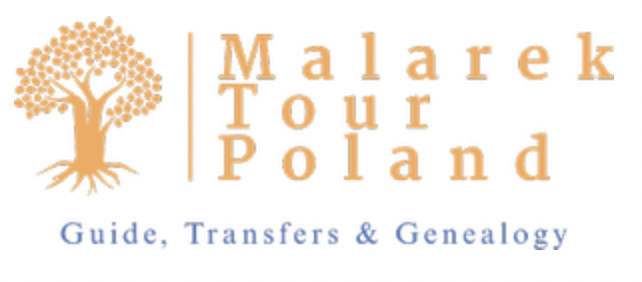Auschwitz Tour From Katowice
Private or group visit of Auschwitz with tour guide and private transportation from Katowice.
Local Auschwitz Guide
Experianced educator and certified guide by State Auschwitz Museum
Private Transportation
Pick up from your hotel, bus or rail station, Katowice Airport. Comfortable air-conditioned Mercedes and assistance English speaking driver/guide
Commemoration Visit
Day of reflection in the largest cemetery in the world guided tour up to 4 hours of Auschwitz Memrorial and Museum
6 hours tour
Up to 4 hours visit of Memorial and Museum Auschwitz and Birkenau, 2 hours total travel time from and to Katowice
Number of persons
From 1 to 8 or 9+
Details & itinerary
Auschwitz was established by Germans in summer 1940 as a concentration camp, Auschwitz became the center for extermination of European Jews in 1942. Nowadays, Auschwitz is the biggest cemetery in the world, along with a memorial and State museum. Your nearly 4 hours guided tour will begin in the main camp Auschwitz I.
Auschwitz is to the world a symbol of terror genocide and Holocaust. As a concentration camp was established by German Nazi by 1940 in the suburbs of the city of Oswiecim, which like other polish territories was occupied by the Third Reich during World War II. The city’s name was changed to Auschwitz which also became the name of the camp. In the following years the camp was expanded and consisted of three main parts Auschwitz I, Auschwitz II Birkenau and Auschwitz III Monowitz and about 50 sub-camps. Initially the prisoners and victims of the camp were Poles, later Soviet prisoners of war the Roma and the people of different nationalities were imprisoned here. Auschwitz became the center for extermination of European Jews in 1942. From the spring of that year, the camp became a site of the largest mass murder in the history of humankind. Which was perpetrated on European Jews within the plan of complete annihilation of this nation. The majority of the Jews deported to Auschwitz men, women and children were sent to death in the Birkenau gas chambers immediately upon arrival. In total the Germans murdered approximately 1.1 million people in Auschwitz mostly Jews as well as Poles the Roma, Soviet prisoners of war and representatives of other nationalities and minorities. In an attempt to cover the traces of their crimes, after the war the assessment burned documents demolished and destroyed the gas chambers and crematoria as well as other facilities. Prisoners who were capable of marching were evacuated deep into the Reich. Those who remained in the camp were liberated by soldiers of the Red Army on 27th of January 1945. In July 1947 a museum was established on the area of two surviving parts of the camp Auschwitz I and Auschwitz II Birkenau. Since 1979 the site has been included in the UNESCO World Heritage List. Auschwitz II Birkenau that was in constants expansion from the end of 1941 was a different camp from Auschwitz.
Schedule
- Visit to main exhibitions located at camp’s original blocks that were dormitories for prisoners
- Exposition about deportations, process of selection and extermination of European Jews and reasons why inmates of different nationalities were imprisoned in Auschwitz
- Enlarged photographs from Auschwitz Album, the only existing photographic proof of the process leading to the extermination of Jews in Auschwitz Birkenau
- Model, blueprints and metal parts of destroyed crematoria no.II
- Zyklon B canisters used for mass murder in the gas chambers
- One of the most dramatic evidence of Nazi crimes the hair of Victims
- Learn to topography of the camp, the daily lives of prisoners and the Nazi torture system
- Camp jail at block 11 called by prisoners a "Death Block". The site of investigations and brutal tortures
- The remains of the first gas chamber and the crematorium
- Vast fields of Birkenau concetration camp barracks located at the area of 175 hectares
- Birkenau extermination centert that is maintained today as Memorial
- The railway platform which was left almost untouched, served as the place of selection of European Jewry
- The ruins of the largest gas chambers and crematoria no.II and III
What You Should Bring
Comfortable shoes about 3 km to walk on uneven pavments, bottle of water. Visit to the biggest cemetery in the world needs special behavior it is stricly forbidden to bring food, bagpacks and bags bigger larger then 30cmx20cmx10cm.
Best Times for This Excursion
I recommend to visit early in the morning or around noon time after crowds of tourists enter the Museum.
For Booking & Inquiries
For more details of your visit, availability and prices please contact us.
Call Us
EMail Us
What are you waiting for?

